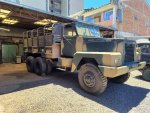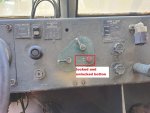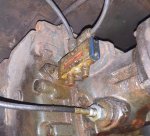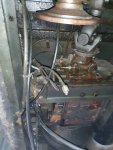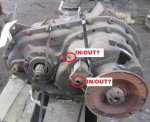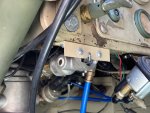Hi, I'm Daniel, I live in Brazil.
This is my first post on this forum.
I bought a truck manufactured here in Brazil by Terex, here its rating is 5 ton.
I bought it without the drive shaft and without the front wheel drive mechanism.
I'm doing a lot of research here on the forum to understand which parts I need to buy as well as how the traction box works.
Looking at the photos and code 5876w205 is it possible to confirm that it is an American Rockwell T-138 transfer box?
I took the opportunity to attach a photo of the differential axle (very similar to a 5 ton American Military). but this one seems wider at the ends
I saw many posts from members discussing the conversion from Sprag to Air Shift system, many highlighting the consequences of Sprag misuse (truck rolls backwards with first gear in gear and vice versa)
The technical terms are not helping me to understand a more precise difference between "sprag" vs. Air Shift operation.
1 - Does this truck have a Sprag and is it activated by air shift?
2 - Or in this system, there is only air shift (when the piston is activated by air, it moves the fork and there is a permanent transfer (traction of the 3 axes at the same time for forward and reverse?)
Sorry for the many doubts, only 85 units of these trucks were manufactured. Where I bought them all were without the drive shaft .
I was a little afraid of this system having a chronic problem
Thanks
Greetings from Brazil

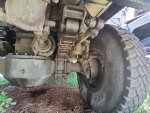
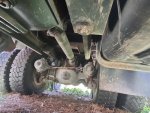
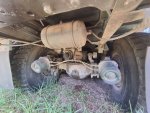

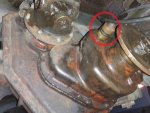
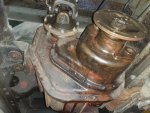
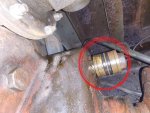
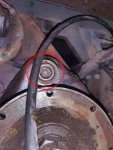

This is my first post on this forum.
I bought a truck manufactured here in Brazil by Terex, here its rating is 5 ton.
I bought it without the drive shaft and without the front wheel drive mechanism.
I'm doing a lot of research here on the forum to understand which parts I need to buy as well as how the traction box works.
Looking at the photos and code 5876w205 is it possible to confirm that it is an American Rockwell T-138 transfer box?
I took the opportunity to attach a photo of the differential axle (very similar to a 5 ton American Military). but this one seems wider at the ends
I saw many posts from members discussing the conversion from Sprag to Air Shift system, many highlighting the consequences of Sprag misuse (truck rolls backwards with first gear in gear and vice versa)
The technical terms are not helping me to understand a more precise difference between "sprag" vs. Air Shift operation.
1 - Does this truck have a Sprag and is it activated by air shift?
2 - Or in this system, there is only air shift (when the piston is activated by air, it moves the fork and there is a permanent transfer (traction of the 3 axes at the same time for forward and reverse?)
Sorry for the many doubts, only 85 units of these trucks were manufactured. Where I bought them all were without the drive shaft .
I was a little afraid of this system having a chronic problem
Thanks
Greetings from Brazil












